I’ve always erred on the side of pessimism. Better to be pleasantly surprised than to live optimistically and be exposed to perpetual disappointment.
It’s why I’ve been reluctant to believe the hype that Labour is dead set to win the next General Election.
The political cycle is just that. A circle where eventually the bend takes you back into the public’s favour.
It’s clear now that as polls stand, Labour is on course to be the largest party after the next election.
The question of whether Labour will be large enough to have a majority is still in play. But it is very likely to be ahead of all the others in raw seat numbers.
It’s very firmly game on.
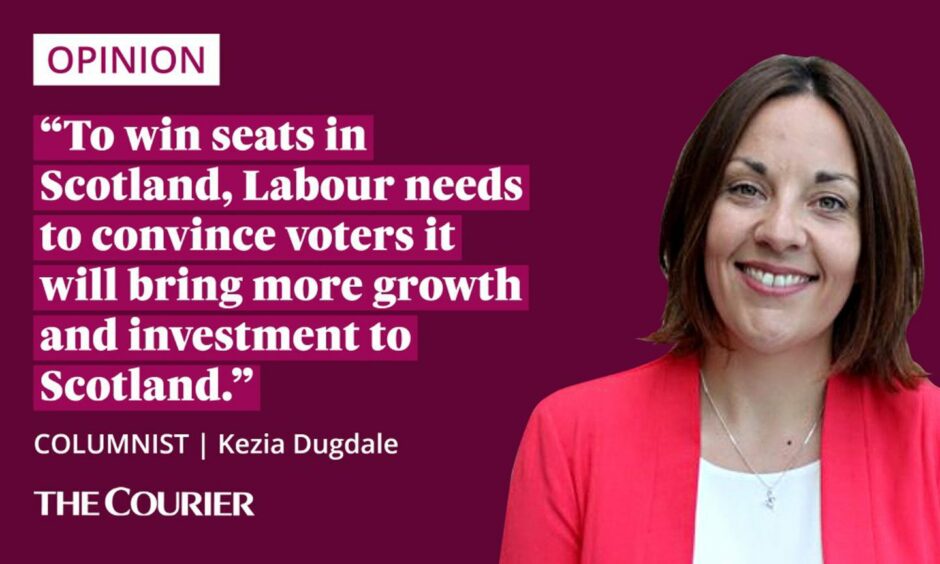
The last six months have seen significant movement in the polls both north and south of the border.
A changing of the guard at the head of the SNP and Tories explains most of that volatility away.
Since Humza Yousaf took over from Nicola Sturgeon, there has been a 10% drop in support for the SNP as evidenced in the latest poll for IPSOS/STV.
Meanwhile Rishi Sunak’s takeover from Liz Truss has coincided with the steady narrowing of the once mighty gap between the Conservatives and Labour.
Ditching the calculators and spreadsheets for a moment, what this really boils down to is that if the race gets tighter between the Conservatives and Labour in England, Labour in Scotland will need to win more seats in order for the party to win outright.
Independence support skews outloook for Labour in Scotland
Based on another new poll published by YouGov, Labour is set to win 23 seats from the SNP in Scotland.
I’m not sure I buy it, for two fundamental reasons.
First of all, in Scotland, it’s the constitution stupid.
Support for independence remains consistently above 45% across the polls. The IPSOS poll has the Yes vote sitting at 53%.
When the constitution is the dominant issue in an election – and the SNP the dominating independence-supporting party – that vote for Yes crystallises into a solid and commanding lead for the SNP in most parts of the country.
That’s why the SNP can afford to lose 10% of its vote share in six months and still be sitting at 41% despite all of the party’s travails.
And that’s why, when you look at the seats that will “fall” from the SNP to Labour, you have to take predictions with a pinch of salt and a side of sober recent history.
Seats that voted heavily No during the 2014 referendum are low hanging fruit for Labour in Scotland, particularly with the falling popularity of the Scottish Conservatives – a slow burning downward trend since Ruth Davidson left office.
That means seats such as East Lothian, Kirkcaldy and Dunfermline look like steadfast gains for Labour at the General Election.
The seats that are harder to call are the ones which had higher support for Yes.
Voters there may still believe that their lot in life is more likely to improve with independence than a Labour government at Westminster.
That makes seats across Glasgow and much of the west much harder to call a good year out from an election, no matter how much more favourable the polls look for Labour.
Labour needs to do more than not be the Tories in Scotland
What it will come down to is how each party succeeds at landing its vision of what change looks like.
Expect Labour to focus heavily on the SNP’s domestic record in power at Holyrood (although it remains to be seen whether that will succeed in a contest about who runs Westminster rather than the Scottish Parliament).
Equally, expect the SNP to get smarter with its critique of Labour.
This week, I accused Labour of being a pale imitation of the Tories, I was wrong, they are a replica.
Whether it is the blue Tories or red Tories in No 10, they will continue policies that are harming Scotland. We need independence to protect our people.#VoteLabourGetTory pic.twitter.com/kOSLLlY5Rw
— Humza Yousaf (@HumzaYousaf) May 13, 2023
In the past few weeks figures such as Mhairi Black and Kirsty Blackman have trialled language which is rooted in their belief that there’s no difference between Labour and the Tories.
They will also find new language to point to where the SNP and Labour differ; on re-joining the European Union for example.
A striking 70% of Scots think Brexit is a complete failure, yet Labour has ruled out re-joining.
They’ll say that Scottish values and UK Labour’s policy platform are world’s apart. That not being the Tories is not enough.
Next election is Labour’s to lose
At Wednesday’s Prime Minister’s Questions, Sir Keir Starmer attacked the Conservatives attempts to reduce immigration.
It’s a message the party needs to land in the south and south east of England. But it does little to advance Labour’s position in Scotland.
To win seats in Scotland, Labour need to convince voters it will bring more growth and investment to Scotland.
That means hard cash that the party doesn’t currently seem keen to spend.
The path to victory for Labour is clearer now than it was for Ed Miliband in 2015 and Jeremy Corbyn in both 2017 and 2019.
You would sooner start from Starmer’s vantage point than theirs. But it’s also blindingly obvious that there are significant hazards ahead.
It’s now Labour’s election to lose.
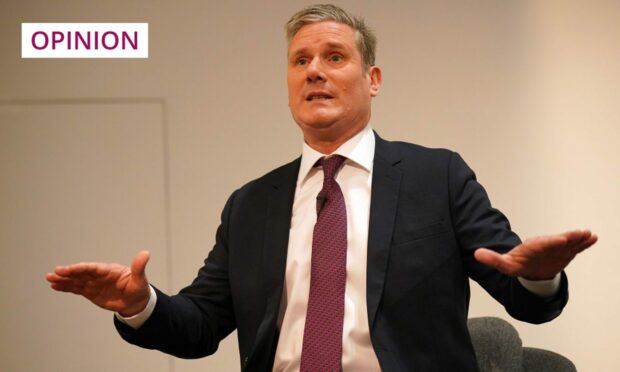

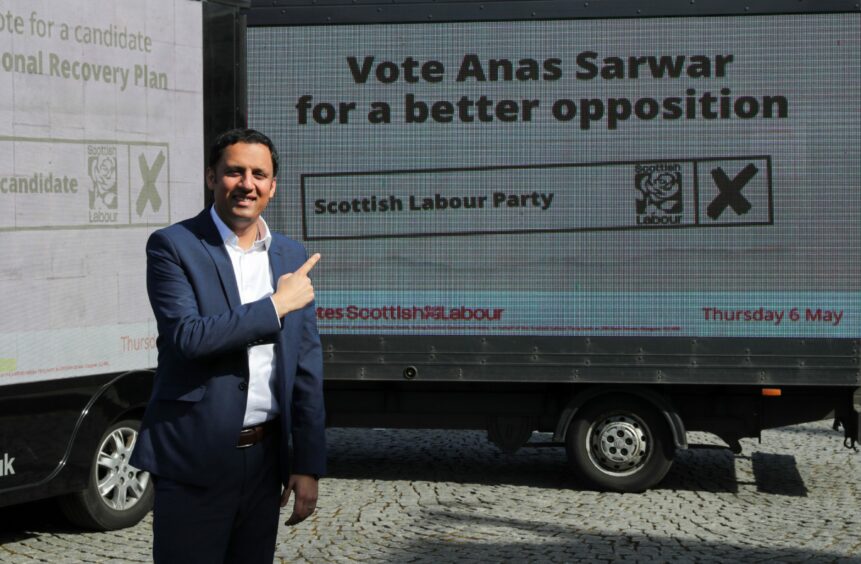
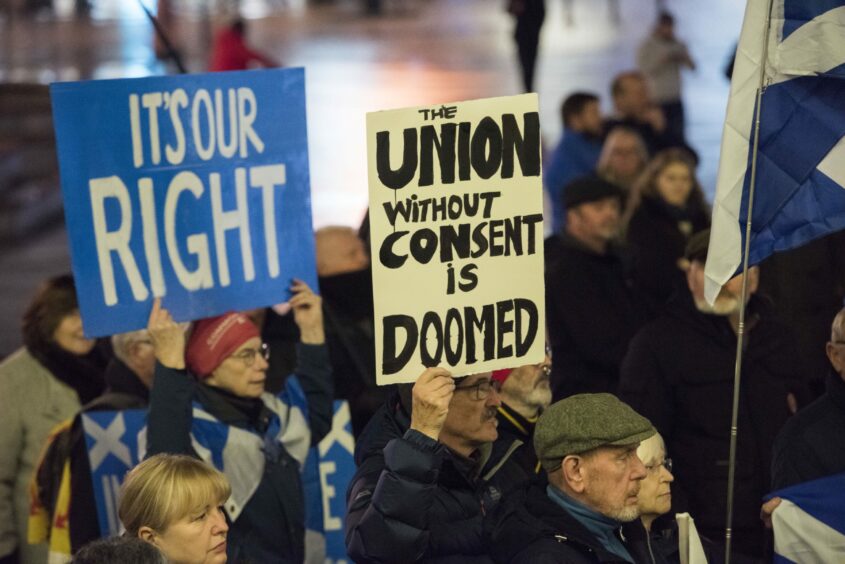
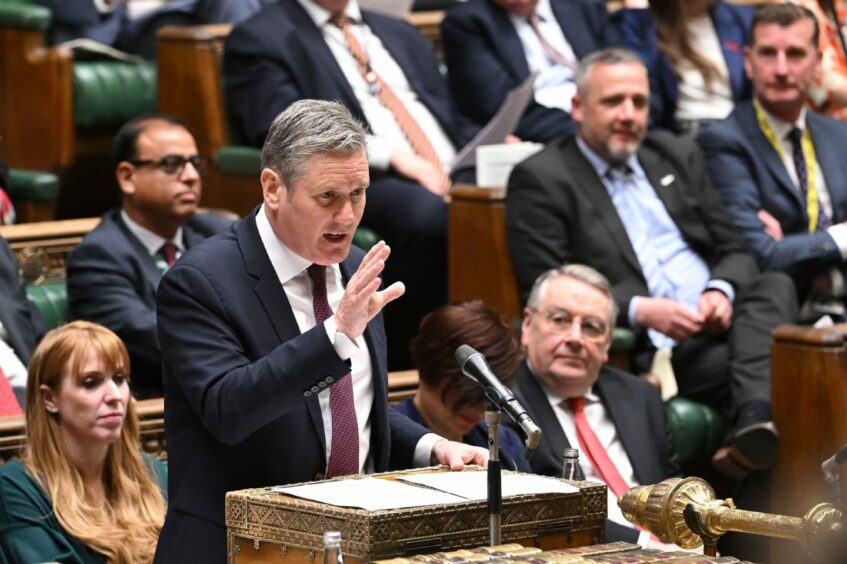








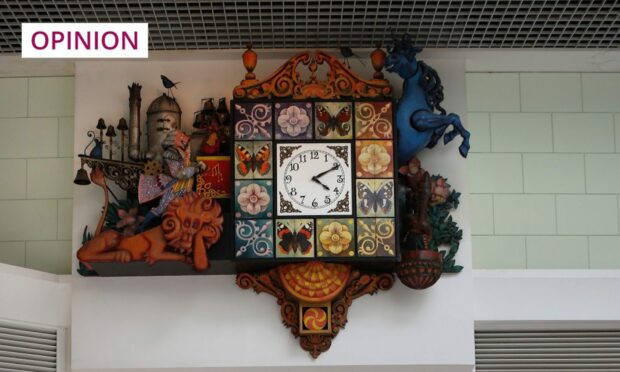
Conversation